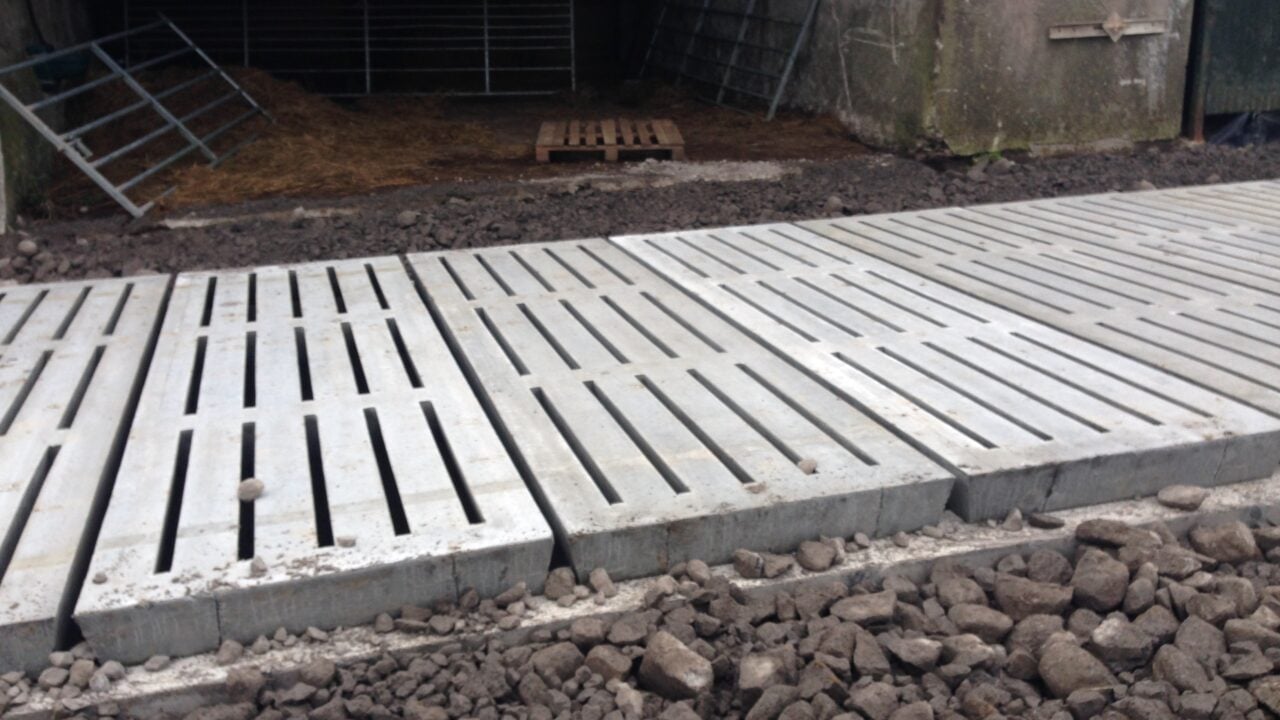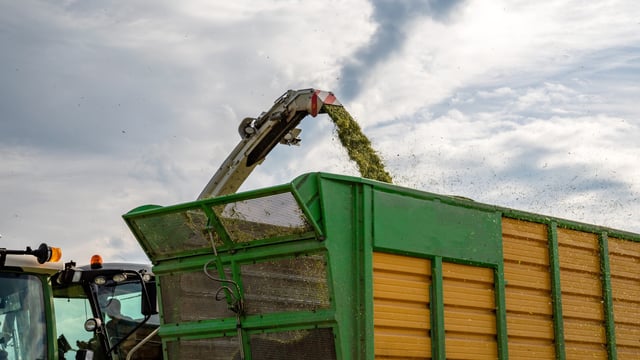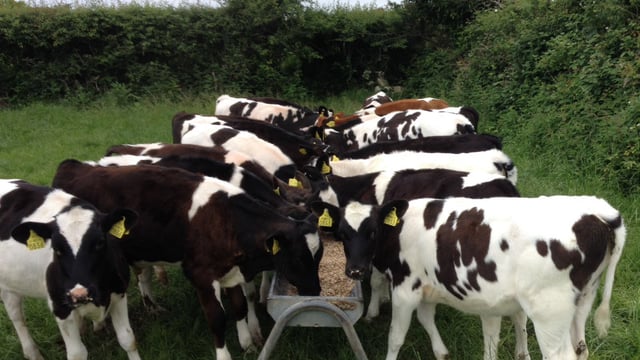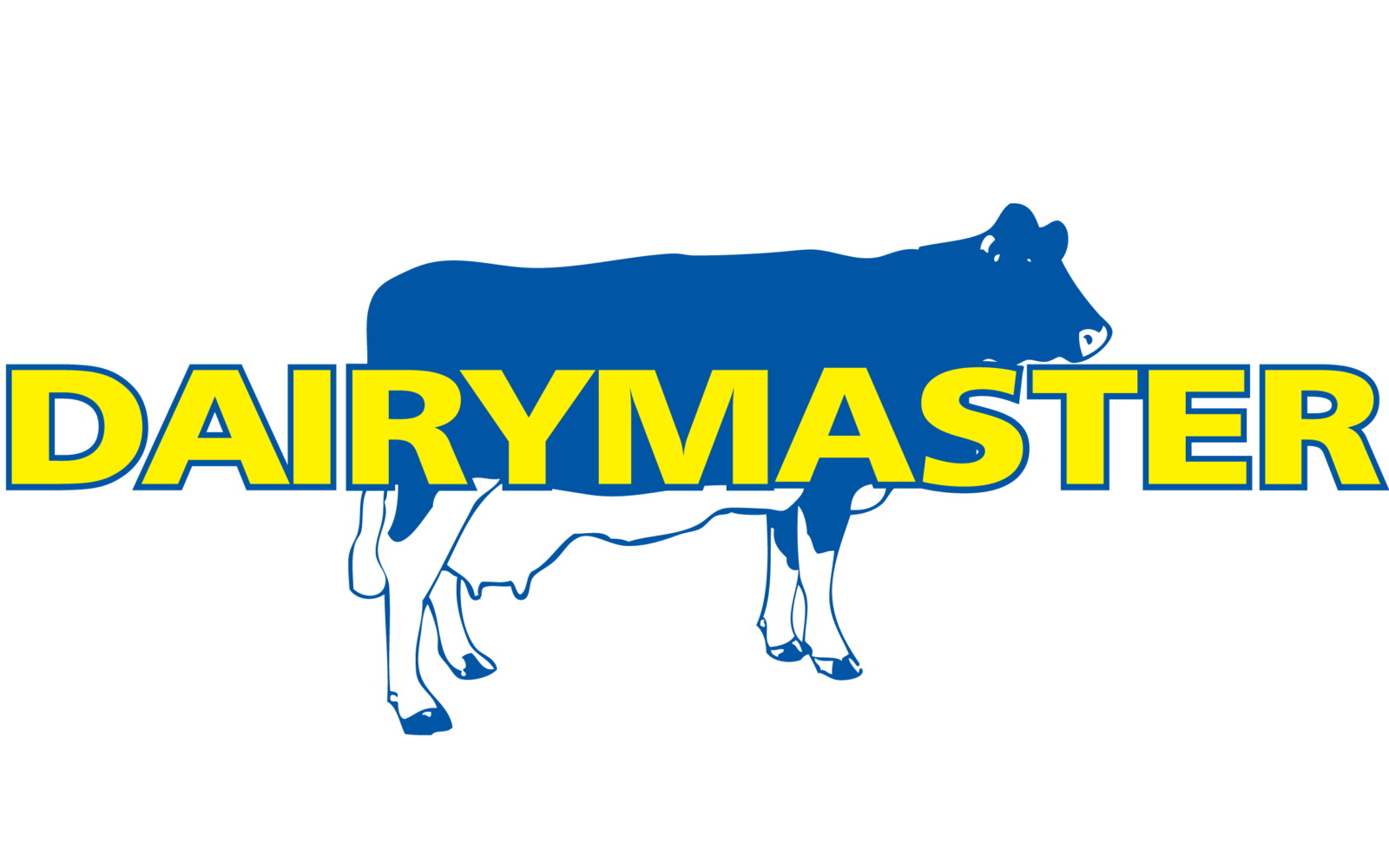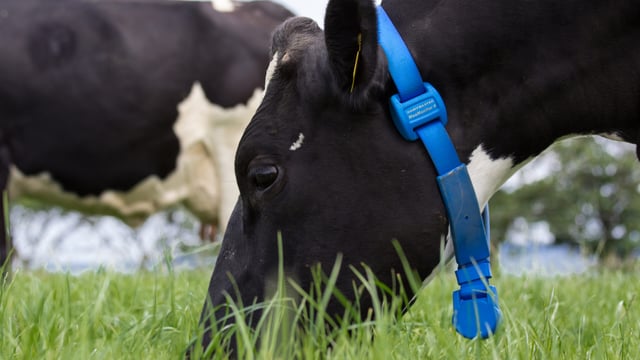'Up to 40% more slurry storage needed on some farms' - buildings specialist
Up to 40% additional slurry storage is being recommended for some farms across the country, according to Teagasc buildings and infrastructure specialist, Tom Fallon.
Speaking to Agriland, Fallon explained that while some farms may have the required amount of slurry storage, having additional storage capacity can alleviate pressure on these farms' facilities in the event of an early winter housing or late spring.
He said that if farmers with 16 weeks' slurry storage increased their capacity by 20%, "it might give them around three weeks extra storage and bring them a bit of comfort around having storage beyond closing dates.
"It would bring them up to late January," Fallon added.
Farmers in Zone A are required to have 16 weeks' slurry storage while farmers in Zone B are required to have 18 weeks' slurry storage. Farmers in Donegal and Leitrim are required to have 20 weeks' storage and farmers in Cavan and Monaghan are required to have 22 weeks' storage.
The Teagasc buildings specialist said: "The 16 and 18-week storage periods are a little bit arbitrary in the sense they're across the full county."
"If you take a county like Waterford, you'll have some farms on upland ground and the grass won't start to grow until later in the spring so I'd be saying that a couple of weeks above the 40% would be better still for some farms where the ground is wet or where they have a late spring because of high ground.
"If things were challenging in terms of ground conditions or a longer winter than typical that's where I'd be thinking they would need a bit extra."
Fallon acknowledged that while the increased slurry storage for some farms with limited storage capacity is only a recommendation, the amount of storage required by law on farms "will be a political decision at the end of the day".
More interest in building this year
Fallon said that there is an increased level of interest amongst farmers this year in building additional slurry storage where needed.
He said: "There is more interest in farm development but farmers have been preoccupied with basic payment to now.
"It will be later this month until advisers will be getting more queries, but definitely there is more interest this year than other years."
Slurry storage above or below ground
The Teagasc buildings specialist said that the best value in terms of what the farmer can achieve with a slurry store is an underground slatted tank.
"It might also be used for extra accommodation or feed space and they're the most popular really," he added.
Fallon said that while the slatted tank is the "best value" for a typical farmer, "if some farmers need a lot of storage and have the scale, they may well justify an overground steel tower".
"That could be more appropriate for some farmers. There would be a lot of farmers and they would have their cubicles in place and the only thing they might be short is slurry storage and some of them are looking at overground steel towers."
At a Teagasc event last month, Fallon outlined guide costings for farmers considering building slurry stores.
The table below outlines guide costings of slurry storage systems:
| Dimensions | Gross capacity (cubic meters) | Net capacity (cubic meters) | Total cost (€) excl. Vat | |
|---|---|---|---|---|
| Slatted tank | 2X (52x4.7x2.7m) 10 bay, 16.5 feet slat 9 feet deep | 1,320 | 1,222 | €158,000 |
| Open walled tank | 53.13x9.7x2.7m | 1,391 | 979 | €101,000 |
| Steel tower | 19.6m diameter x 4.23m high | 1,280 | 1,036 | €116,917 |
| Lined lagoon | 24.6 x 24.6 x x 3m | 1,818 | 1,255 | €66,500 |
Fallon emphasised that the figures are merely guide costings and will vary on a case-by-case basis.
He also also added guide costings for a steel tower cover at an additional €55,554 and a lined lagoon cover at €42,000.

